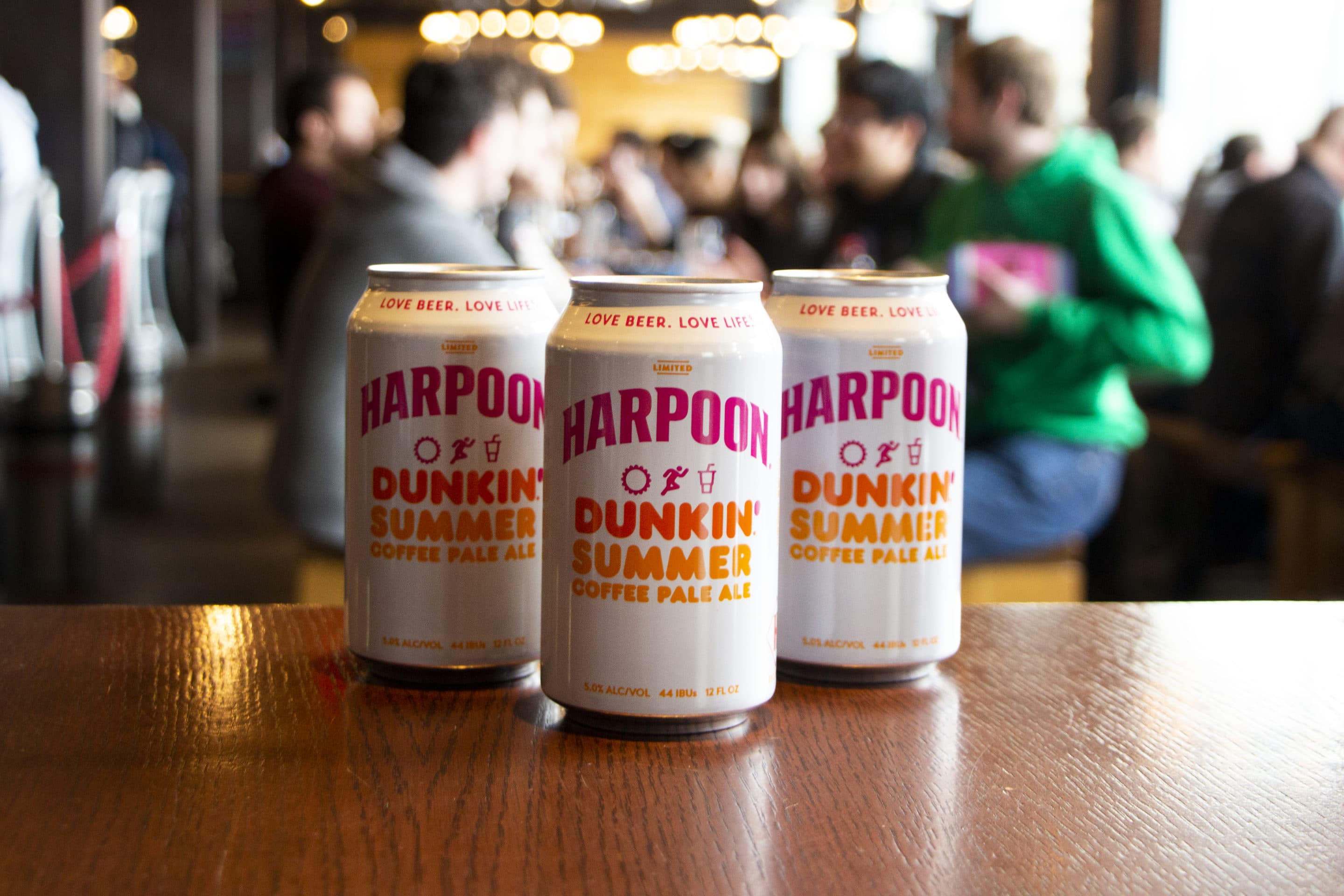

Staudter interviewed brewers from across the state for his part, and the result is a snapshot of Vermont’s contemporary but fast-changing beer world. Drawing from newspaper accounts, he tells of breweries flourishing and failing and occasionally burning to the ground. The authors divided the research, with Krakowski focusing on the period from early colonial days through the temperance years. (Neither grows crops, though Staudter and his wife Patti have trellises of hops running up the porch of their home in Springfield.) The two, who also co-write for the “Yankee Brew News,” a trade publication, became acquainted at a University of Vermont agriculture conference on the potential for hop farming in Vermont. Staudter teamed up to write it with Adam Krakowski of Montpelier, an historian and fine arts conservator. The cover of “Vermont Beer: History of a Brewing Revolution,” co-authored by Kurt Staudter and Adam Krakowski. Each has subcategories too for example under "appearance," one might note color, clarity, carbonation and head retention. Here, beer drinkers are invited to consider: 1) appearance, 2) aroma, 3) "mouthfeel," 4) taste, and 5) finish.

You’d think you were at a wine-tasting exam, with a checklist reminder for student sommelier. For six bucks you can get four six-ounce samples of any of Harpoon’s offerings.Īlso written in chalk are suggested ways to appreciate beer. On a blackboard fronting the long wooden bar, its stools mostly filled, is a list of today’s 19 beers on tap, from “Boston Irish Stout" (4.3 percent alcohol) to “Imperial Pumpkin” (10.5 percent). Staudter is now sharing beer trivia (Did you know that America’s craft brew movement started in California in 1979 with Sierra Nevada?) over a hefeweizen, a wheat beer, while a waitress delivers a plate of bratwurst and sauerkraut and then dashes off to serve other visitors in Harpoon’s spacious taproom. In fact, if Vermont had any tradition at all vis-à-vis beer it was one of teetotalism: From 1853 until 1902, the state banned alcohol, and this was way before a certain congressman from Minnesota, Andrew Volstead, lent his name in 1919 to the act leading to national Prohibition. Its early immigrants were not, say, German or Belgian, nationalities historically associated with a beer culture. And all this is especially remarkable, says a book co-written by Staudter, because Vermont never had a big beer-drinking tradition in the first place. The brewing industry in Vermont employs some 2,200 people. Photo by Dirk Van Susteren.įlash forward, and Vermont now has some 40 commercial breweries, which is touted as the most per capita of any state.

At center, is a bottle of Catamount from Vermont’s first craft-beer brewery that opened in 1987 in White River Junction. A sampling of the empty beer bottles, some considered artifacts, on display at Harpoon Brewery’s Tap and Beer Garden in Windsor.


 0 kommentar(er)
0 kommentar(er)
